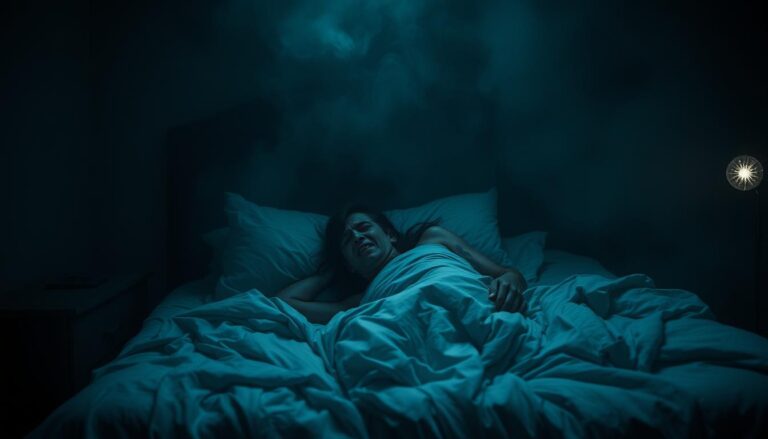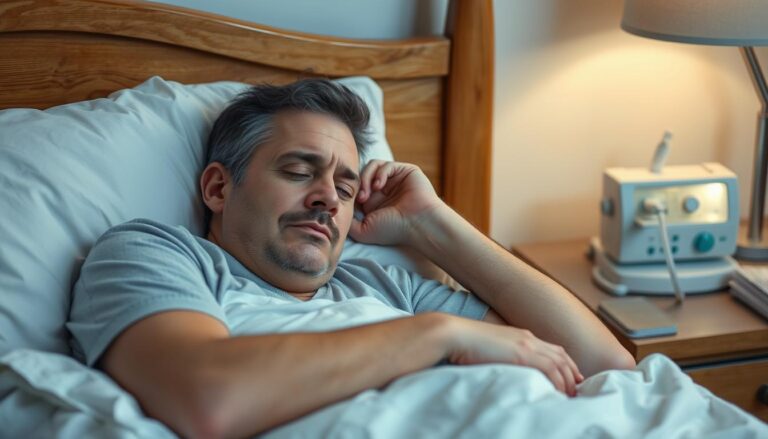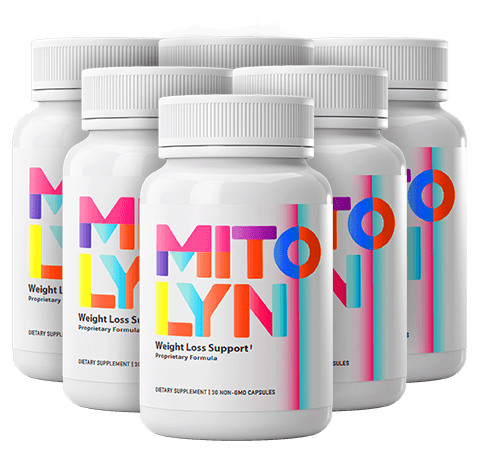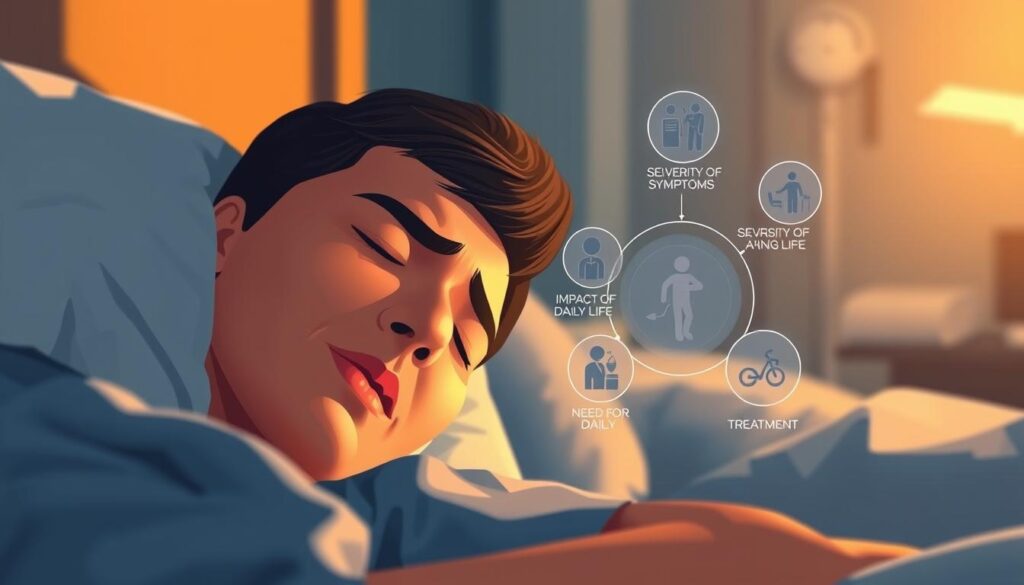
Is sleep apnea seen as a disability? The answer depends on certain criteria. It could affect your financial support. Sleep apnea causes breathing pauses during sleep and affects millions in the U.S.
Symptoms like chronic fatigue and loud snoring disrupt daily life. But, is it considered a legal disability?
The Social Security Administration (SSA) doesn’t automatically say sleep apnea is a disability. But, severe cases linked to heart issues or brain problems might get benefits. To be considered disabled, your sleep apnea must stop you from working for at least a year.
You need to show symptoms like pulmonary hypertension or extreme fatigue. These must prove you can’t earn a living.
Key Takeaways
- The SSA doesn’t automatically classify sleep apnea as a disability.
- To qualify, symptoms must prevent work for at least 12 months.
- Documentation of conditions like pulmonary hypertension is critical.
- Monthly income must stay under $1,090 to meet eligibility.
- Legal help improves chances when navigating SSA requirements.
Understanding Sleep Apnea and Its Impact on Daily Life
Millions of Americans deal with sleep apnea every day. This condition stops breathing while sleeping. If you’re wondering is sleep apnea a disability, it’s important to know its effects.
Sleep apnea has three types: obstructive, central, and complex. Each type affects oxygen flow, stressing the heart and brain.
What Sleep Apnea Is and How It Affects Your Body
Sleep apnea stops breathing many times at night. Most cases, 84%, are obstructive sleep apnea. This happens when throat muscles block the airway.
Central sleep apnea is when the brain doesn’t send the right signals. Both types make your body go into survival mode. This raises blood pressure and strains the heart.
Untreated sleep apnea doubles the risk of heart disease and stroke.
Common Symptoms and Their Impact on Functionality
- Daytime sleepiness: Can triple workplace accident risks.
- Cognitive fog: Memory lapses and poor focus hinder job performance.
- Mood swings: Anxiety or depression linked to oxygen deprivation.
These symptoms make daily tasks hard. From driving safely to managing work stress. For sleep apnea disability requirements, showing these effects is key.
Severity Levels and Their Daily Consequences
Severity is measured by the Apnea-Hypopnea Index (AHI):
- Mild (5-15 events/hour): May cause mild fatigue but often goes undiagnosed.
- Moderate (15-30): Requires CPAP therapy; impacts concentration and mood.
- Severe (30+): Life-threatening risks like heart failure. VA ratings for disability may reach 50-100% for those with chronic respiratory failure or tracheostomy.
Your quality of life drops up to 25% with untreated apnea. Meeting sleep apnea disability requirements often depends on AHI results and symptoms like daytime sleepiness or heart problems.
Is Sleep Apnea a Disability? The Legal Definition
When you ask is sleep apnea a disability, the answer depends on laws like the Americans with Disabilities Act (ADA). Federal law says a disability is a condition that substantially limits major life activities. Sleep apnea disability qualification depends on how much it affects your daily life and work.
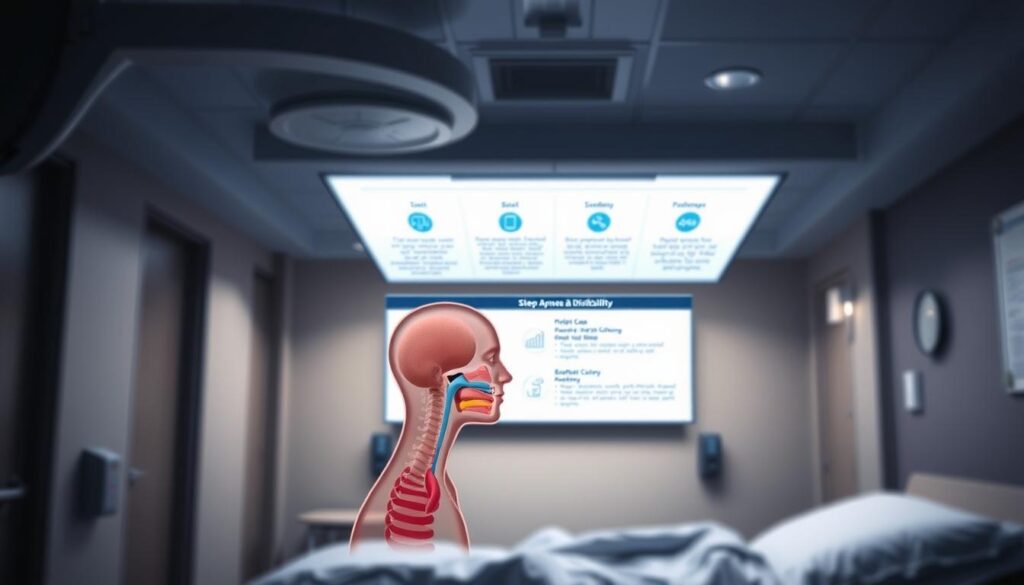
The Social Security Administration (SSA) doesn’t list sleep apnea as a disability on its own. But, if it leads to heart disease or chronic fatigue, you might qualify. The Veterans Administration (VA) rates sleep apnea based on specific criteria.
| VA Disability Rating | Criteria |
|---|---|
| 0% | Asymptomatic with documented sleep disorder breathing |
| 30% | Persistent daytime sleepiness despite treatment |
| 50% | CPAP use required for breathing during sleep |
| 100% | Respiratory failure or tracheostomy needed |
Cases like Michaels v. City of McPherson show courts might see sleep apnea as disabling. This is especially true if it causes daytime fatigue that affects your job. To qualify, you must show your condition meets substantial limitation standards under laws like the ADA. Medical records, treatment logs, and complaints of employer discrimination can help your case.
Remember: sleep apnea disability qualification means showing how it limits your daily activities. Always talk to legal or medical advisors to build a strong case for benefits.
How Sleep Apnea Qualifies Under the Americans with Disabilities Act (ADA)
Understanding sleep apnea disability criteria under the ADA is key. You must show how it affects your daily life. This law helps those whose symptoms make everyday tasks hard. It also aids in getting sleep apnea disability insurance or fighting for your rights at work.
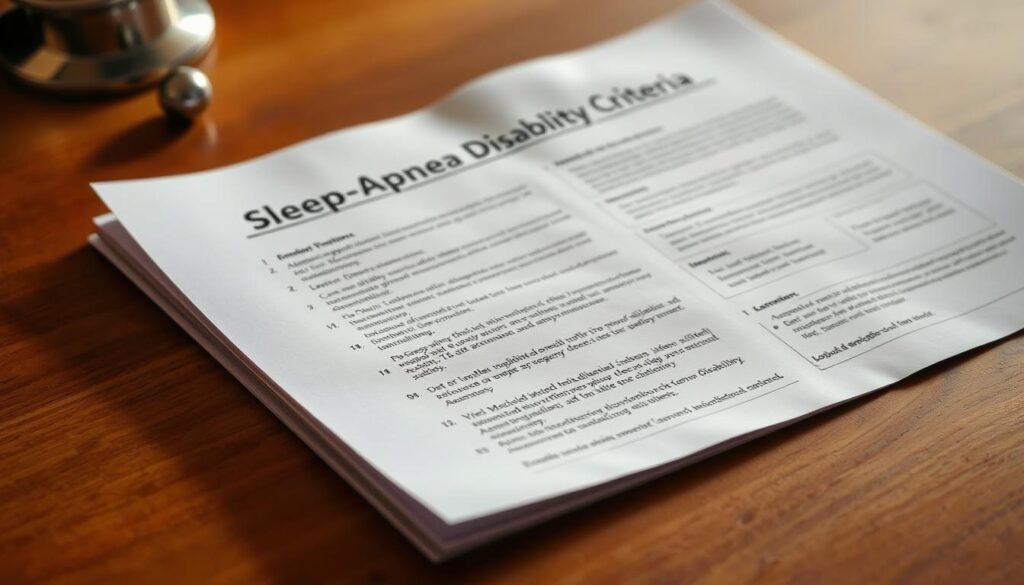
Substantial Limitation Criteria
To get ADA protection, your sleep apnea must really limit you. For example:
- Need for CPAP to breathe at night
- Daytime tiredness that affects your job
- Can’t work long without taking breaks
Major Life Activities Affected by Sleep Apnea
The ADA sees sleep apnea as impacting:
- Sleeping: Bad sleep cycles hurt recovery
- Thinking: Memory problems from lack of oxygen
- Working: Can’t meet deadlines because of tiredness
Workplace Accommodations Under the ADA
Employers must make changes like:
- Flexible hours for therapy
- Breaks to fight off tiredness
- Private areas for medical devices
Keeping records of doctor’s notes and work reviews is crucial. It proves how sleep apnea limits you. This helps with ADA claims and sleep apnea disability insurance.
Sleep Apnea and Social Security Disability Insurance (SSDI)
Understanding sleep apnea and social security disability claims is key. The SSA looks at conditions not listed in their guidelines. To get sleep apnea disability benefits, your case must meet certain medical standards or show you can’t work for a long time. Here’s what you need to know:
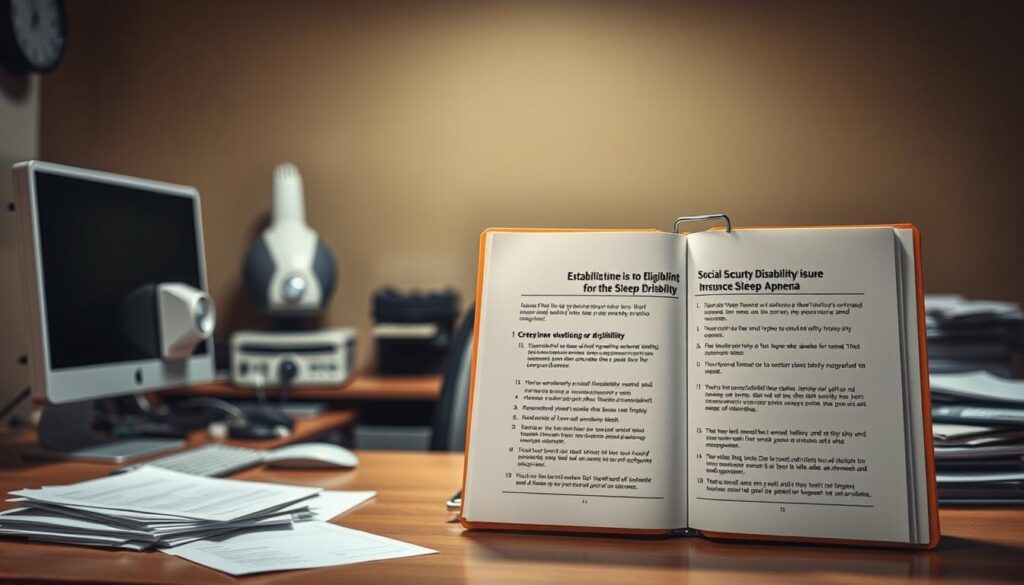
The SSA checks sleep apnea under related categories in its Blue Book. To qualify, your condition must meet criteria in sections like:
- 3.09 (Chronic pulmonary hypertension) – Evidence of severe blood pressure issues linked to sleep apnea.
- 4.02 (Chronic heart failure) – Proof of heart strain from oxygen deprivation during sleep.
- 12.02 (Neurocognitive disorders) – Documentation of cognitive decline from sleep deprivation.
If your case doesn’t meet Blue Book criteria, the SSA might still approve claims. This looks at:
- Your ability to do basic work tasks (residual functional capacity or RFC).
- Your age, education, and past job skills.
Severe fatigue or cognitive issues from untreated sleep apnea may limit your RFC enough to qualify.
To qualify for SSDI benefits, you must have earned enough work credits. Here’s how it works:
- Earn 4 credits per year through payroll taxes.
- Need 40 credits total, with 20 of them earned in the 10 years before disability onset (varies by age).
Your age determines minimum credits: younger applicants may qualify with fewer credits than older workers.
Winning SSDI approval needs thorough medical records, like sleep studies and treatment logs. Most claims face initial denials, so appeal strategies are critical.
Documenting Your Sleep Apnea for Disability Claims
Creating a solid sleep apnea disability claim needs clear proof. The SSA’s sleep apnea disability requirements ask for evidence of how it affects your daily life. Start by collecting sleep study results, like polysomnograms, and CPAP data.
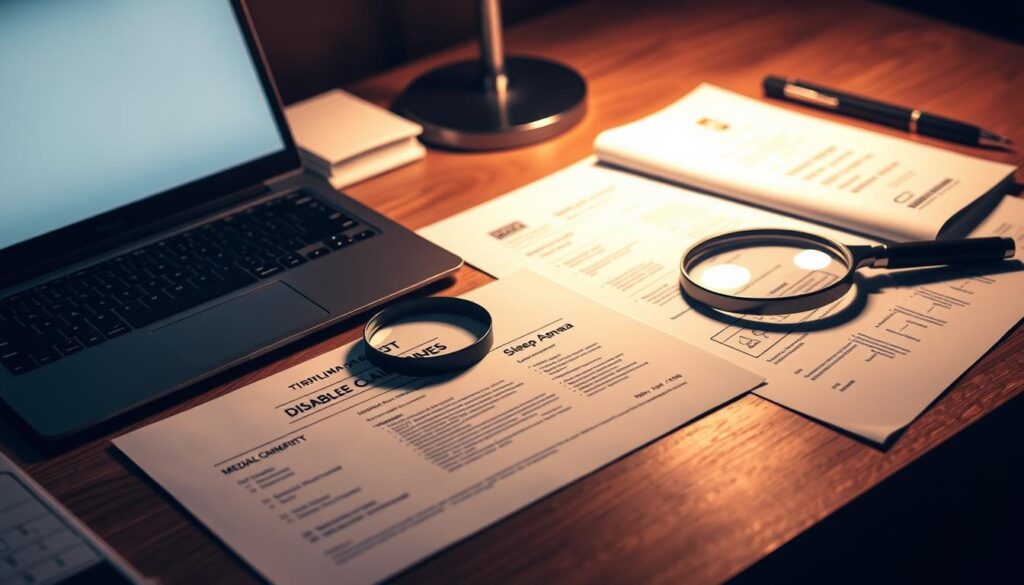
- Include sleep apnea disability requirements documents: medical history, imaging, and lab results.
- Track hospital stays: record dates and lengths, making sure they meet SSA’s 48-hour and 30-day rules.
- Submit pulmonary function tests, arterial blood gas results, and cardiac catheterization data if needed.
- Attach mental health records if sleep loss impacts your mood or thinking.
“Objective test results and treatment records are key. Without them, your claim might be denied.” — SSA Evaluation Guidelines
Keep a journal of symptoms like fatigue, memory problems, or work issues. Show how these problems last over a year. Talk about failed treatments or side effects that stop you from working. Mention SSA’s Section 3.01 in your application to match respiratory disorder criteria.
Work with your doctor to update your records. They can explain how your condition meets the SSA’s sleep apnea disability requirements. Include the Daily Living and Vocational questionnaires to show your limits. A well-organized file boosts your approval chances, avoiding the 80% initial denial rate.
Common Challenges When Filing Sleep Apnea Disability Claims
Many people face hurdles when pursuing a sleep apnea disability claim, even with valid medical evidence. Up to 80% of first-time applications are denied. But, persistence and preparation can change things. Let’s look at key obstacles and solutions to boost your chances.

Proving Severity Despite Treatment
It’s key to show your condition still limits your work, even with CPAP use or surgery. Here’s how to strengthen your sleep apnea disability qualification:
- Track symptoms like daytime fatigue or memory issues despite treatment.
- Include sleep study results showing persistent apnea episodes.
- Document employer feedback if symptoms affect job performance.
Appealing a Denied Claim
Denied claims aren’t final. The appeals process has four steps:
- Reconsideration Request: Submit new evidence within 14 days.
- Administrative Law Judge Hearing: Present your case in person.
- Appeals Council Review: Ask the Council to review new evidence.
- Federal Court Appeal: A last resort for complex cases.
“Appeals success rates jump when applicants add updated medical records or witness statements.”
Partnering With an Attorney
An attorney specializing in VA claims can guide you. They ensure your sleep apnea disability qualification meets VA criteria. Look for lawyers who handle SSDI and VA claims to boost your chances.
Remember: Over 282,000 veterans have secured ratings for sleep apnea. Your case needs thorough preparation and advocacy.
Sleep Apnea Disability Benefits and What They Cover
Approved sleep apnea disability benefits offer important financial and healthcare help. Let’s look at what you might get if your claim is approved.
Monthly Payment Expectations
Monthly payments for sleep apnea disability insurance vary. They range from $943 (SSI) to $1,356.10 for SSDI. In 2024, the max SSDI benefit is $3,822.
Your work history and earnings affect your payment. SSDI benefits are based on your past income. SSI looks at your financial need.
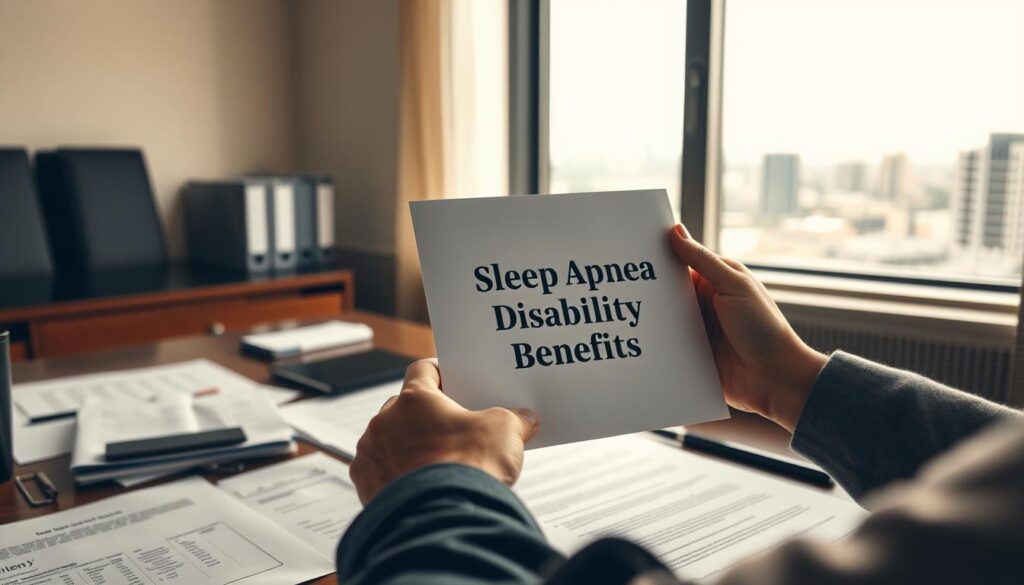
Medicare and Medicaid Eligibility
SSDI recipients get Medicare after 24 months. SSI approval might get you Medicaid right away. Both cover CPAP machines, doctor visits, and hospital stays related to your condition.
Additional Benefits and Resources
- Back pay: You might get payments for the wait time.
- CPAP support: Medicaid’s DME coverage helps with sleep therapy costs.
- Vocational rehab: Help finding work options is available for those under 65.
These resources mean you’re not alone. Support groups and state programs fill care gaps. Always check local aid eligibility for your next steps.
Living with Sleep Apnea: Beyond Disability Benefits
Managing sleep apnea is more than just is sleep apnea a disability questions. First, focus on your health. Treatments like CPAP machines, Inspire devices, and surgery can help. These strategies can improve your breathing and daily life.
- CPAP therapy to maintain airflow during sleep
- Oral appliances to adjust jaw positioning
- Weight loss programs for those with obesity-related apnea

Lifestyle changes are important too. Avoid alcohol before bed and sleep on your side. Keep a regular sleep schedule. The sleep apnea disability criteria might affect work, but many people adapt well.
Getting emotional support is key. Join groups like the American Academy of Sleep Medicine’s patient network. They offer resources for mood swings and cognitive fog from untreated apnea.
“Prioritizing sleep health can reduce risks like heart disease and diabetes,” emphasizes the National Sleep Foundation. “Even small improvements matter.”
If you work part-time, track your earnings. The 2023 SGA limit is $1,470/month. Look into SSA’s trial work periods to test job reentry. Remember, disability status doesn’t define you. Many people thrive by combining medical care with adaptive strategies. Your journey is unique—find treatments and support that work for you.
Conclusion: Navigating the Path Forward with Sleep Apnea
If sleep apnea messes up your daily life or work, looking into sleep apnea disability benefits might help a lot. Veterans have special ways to get help. For example, a 50% VA disability rating means getting $1,075.16 a month if you need a CPAP. Severe cases could get up to $3,737.85. But, changes in 2024 might make it harder to get these benefits, needing proof that CPAP therapy works.
It’s important to know about these ratings and what you need to show. This will help make your sleep apnea disability claim strong.
Studies show 69% of young veterans with PTSD are at higher risk for sleep apnea. Treating sleep apnea can also help with PTSD symptoms like tiredness and bad dreams. If you’re diagnosed, talk to a sleep specialist to document your symptoms. This includes things like feeling very tired during the day or needing to use a CPAP.
Medical records that show how your condition limits you are also important. If your claim is denied, you have one year to appeal. So, it’s important to act fast.
When applying for SSDI, SSI, or VA benefits, being well-prepared is crucial. Keep a record of how your condition affects your work, sleep, and daily activities. Getting legal help can guide you through the complex rules of VA ratings or SSDI requirements. Even if your claim is denied at first, you can still win it with new evidence and appeals.
There are also support groups and resources to help you on this journey.








